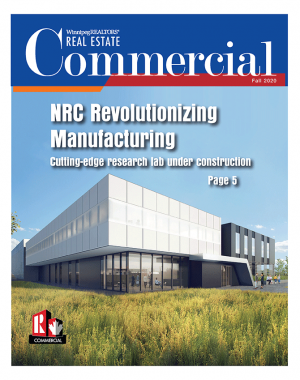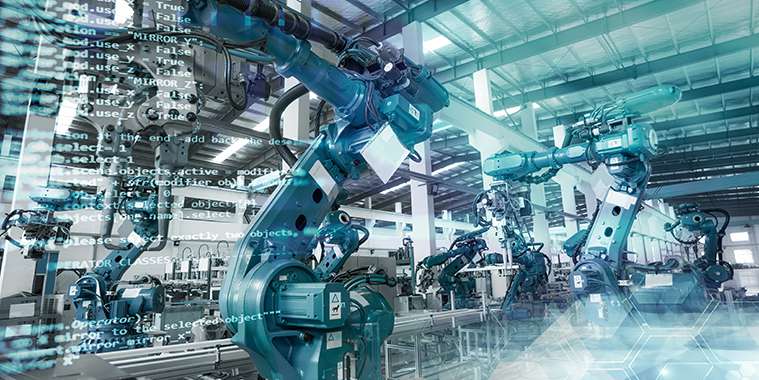by Geoff Kirbyson
A cutting-edge research lab under construction in Winnipeg has the potential to revolutionize manufacturing in Manitoba when it opens up a year from now.
The $61.5-million, 72,000-square-foot facility, which is breaking ground in Brookside Industrial Park in northwest Winnipeg, will focus on advanced manufacturing. This includes additive manufacturing such as 3D printing, robotics and bringing new digital technologies — such as artificial intelligence and the Internet of Things — into the manufacturing process.
“We’ll be developing emerging technologies in the field,” said Eric Baril, Boucherville, Quebec-based director general of the NRC’s automotive and surface transportation research centre.
Most of the building will be lab space, but there will also be offices, conference rooms and classrooms to facilitate collaborations with post-secondary institutions such as the University of Manitoba and Red River College.
The NRC will spearhead the collection of data out of various manufacturing processes, which is expected to lead to greater efficiencies and lower costs.
“The purpose of this industrial revolution is there are sensors in the equipment that collect more information than a human can handle. (The data) can improve the flow and flag defects on the fly,” he said.
Baril said the NRC was attracted to Winnipeg because of its diversified manufacturing sector, which includes bus maker NFI Group (formerly New Flyer Industries), aerospace companies Boeing Canada and Magellan Aerospace, Canada Goose clothing company, lottery ticket manufacturer Pollard Banknote Ltd. and WinPak Ltd., maker of high-quality packaging materials.
“It’s not a single-industry city like car makers. It’s the third or fourth-largest manufacturing centre in Canada,” he said.
Another of the centre’s focuses will be 3D printing, which can also provide significant benefits to manufacturers, he said. For example, if New Flyer can’t easily find spare parts for its buses 10 years after they’ve rolled off the assembly line, they could be printed instead.
“It can save a lot (of money), maintain the fleet longer and reduce safety issues,” he said.
Another of the centre’s research areas will be sustainable food packaging with the goal of replacing single-use plastics with compostable plastics derived from agriculture.
“You need some packaging that can (compost) instead of staying there for hundreds of years. Our group will work on the best packaging to maintain the food and have the longest shelf life while having as little packaging material as possible,” he said.
This kind of work is particularly important in Manitoba and the Prairie provinces because of the high volume of “food transformation” that takes place here. That includes turning potatoes into French fries at the McCain Foods and J.R. Simplot plants as well as a variety of activities with peas, beans and other vegetable proteins being done by Roquette and Burcon NutraScience.
The COVID-19 pandemic has accelerated the need for manufacturers to adopt more modern technologies and the NRC facility could play a significant role in pushing companies into the future, said Ron Koslowsky, Winnipeg-based divisional vice-president of the Canadian Manufacturers & Exporters.
“We need to keep pace with the rest of the world. Robotics, sensors, 3D printing and the Internet of Things, these are elements that manufacturers (elsewhere) are incorporating into their businesses already,” he said.
“It’s not that the NRC will take care of everything but it can be part of the puzzle that we need for Manitoba manufacturers to get into the game to have access to resources, research and technological experience to implement strategies related to advanced manufacturing.”
One of Koslowsky challenges is convincing members to embrace change when many of them have been using the same manufacturing processes for years or even decades.
“There is a lot of old technology out there. Any company that says it needs to buy a new piece of equipment, unless they’re going to a garage sale, they’re going to be buying equipment that has a computer (in it). Then they’re going to be faced with how they incorporate this smart machine into their organization. Every company will be forced to look at this to some extent,” he said.
geoffkirbyson@mymts.net



